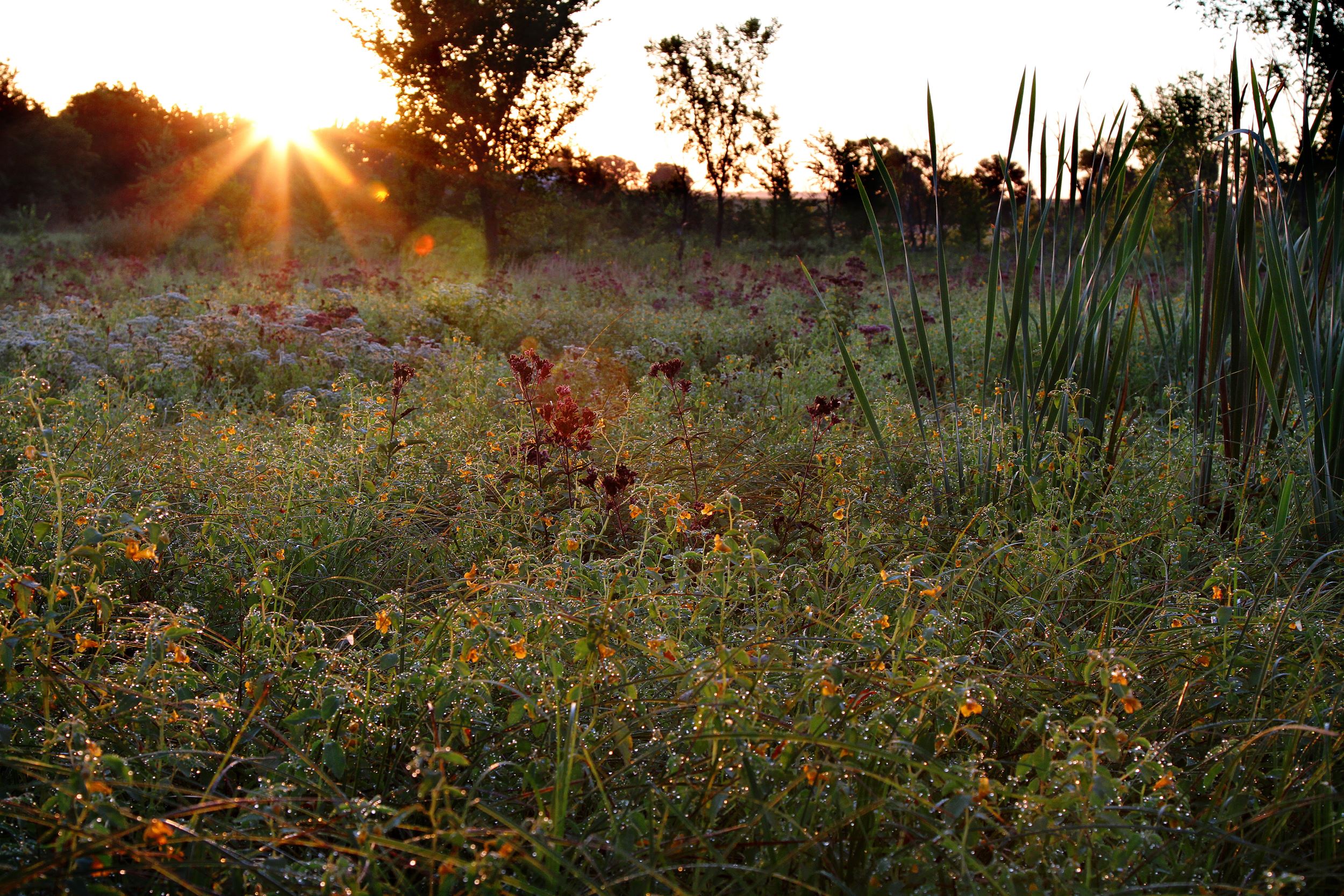
Earth's Climate is Changing
From changes in wildfire occurrence in Australia and the western U.S. to ice loss rates in polar regions to floods and heat waves in Europe, there is mounting evidence our global climate is changing at unprecedented rates.
Costs for recovery from these events continue to mount, food shortages are emerging, and climate refugees from affected areas are creating increased social disruptions in areas beyond those affected by climate extremes.
Iowa's Climate is Changing
In the last three decades Iowa weather has become more extreme in many ways: annual rainfall has increased, seasonal rainfall at critical times for agriculture have increased, humidity has increased in all seasons, summer maximum temperatures have decreased, winter temperatures have increased, summer nighttime temperatures have increased, and the list goes on. Climate change is creating negative impacts on Iowa’s economy and communities.
- The Iowa derecho on August 10, 2020 caused a swath of damage to outbuildings, barns, grain bins, homes, mobile homes, power lines and 7 million trees in about 3 hours that cost over $11 billion to clean up and left behind damage to crops estimated at $500 million.
- In 2019 Iowa was ravaged by record-breaking floods of the Mississippi and Missouri Rivers, deemed “The Great Flood of 2019” by the New York Times. At least three people perished and 14 million people were affected. Governor Kim Reynolds asked the president to declare a federal disaster in 67 Iowa counties. The long-term damage was estimated at $2.9 billion, a state record.
- The drought of 2012 reduced statewide corn yields to 137 bu/acre, compared to the 10-year (2009-2018) average of 179 bu/acre. The following year (2013) over 700,000 acres in NW Iowa couldn’t be planted because of wet soils throughout the planting season.
- The annual accumulated precipitation in the April-May-June period in each of the three most recent decades has been above the average of any and all decades of the 20th century. The annual April-May-June total precipitation in the most recent decade (2010-2019) was a 27% increase over the 20th century average.
The Need for an Iowa Climate Assessment
With support from Iowa Natural Heritage Foundation and University of Iowa, Iowa’s top climate scientists are currently developing a unified vision to address Iowa’s unique climate change challenges. The Iowa Climate Assessment will be an in-depth analysis of Iowa’s past climate and potential future climate using the best available science. The Iowa Climate Assessment will provide context for long range planning in specific areas of economic, social, and environment interest to Iowa, including agriculture, human health, water quality and quantity, rural and urban communities, and other sectors.
Iowa’s private sector, agricultural research, development, financing, and manufacturing infrastructure has demonstrated its agility in transforming new knowledge into economic innovations for the State. The Iowa Climate Assessment will launch a systematic effort to discover how Iowa can become the hub of innovation in addressing agriculture’s confrontation with climate change.
SUPPORT THE IOWA CLIMATE ASSESSMENT NOW
Donations to the Iowa Climate Assessment will be used to help publish the finished document and do outreach about the findings to help the general public and policy makers understand the impacts of climate change in Iowa.
Other examples of statewide climate assessments can be found online: